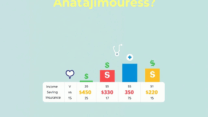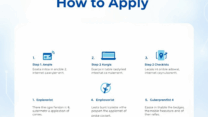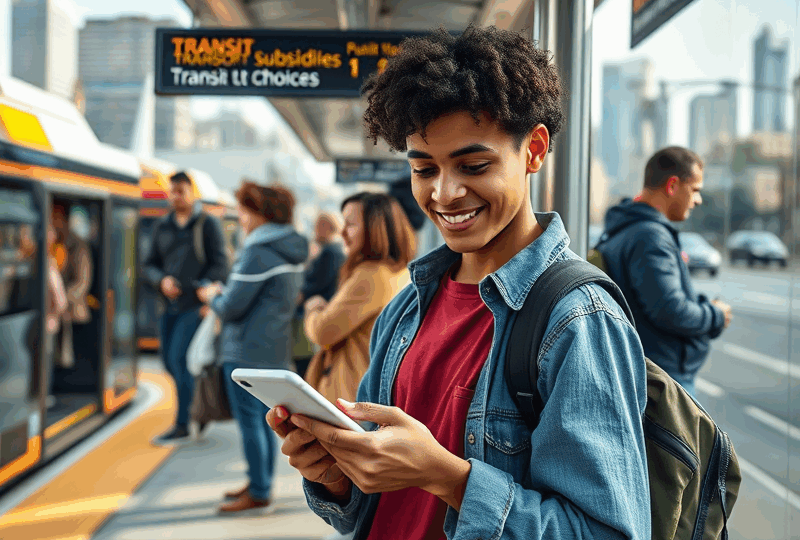
Public Transportation Subsidies in the U.S.: Save Money on Your Commute
What Are Public Transport Subsidy Programs in the U.S.?
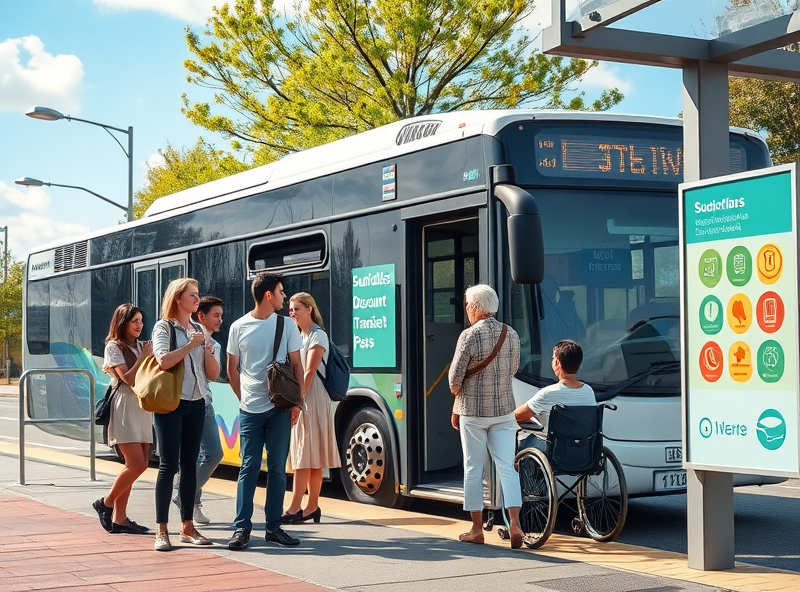
Public transport subsidy programs in the U.S. are government-funded initiatives designed to make commuting more affordable and accessible for individuals and families. These programs aim to reduce traffic congestion, lower greenhouse gas emissions, and support low-income communities by offering financial assistance for public transit use.
There are several types of subsidy programs available across the country:
1. **Employer Transit Benefits**: Many employers offer pre-tax commuter benefits through programs like the IRS Qualified Transportation Fringe Benefit. Employees can set aside up to $300 per month (as of 2024) in pre-tax income to pay for transit passes, vanpooling, or parking. This not only reduces taxable income but also helps cover commuting costs.
2. **State and Local Subsidies**: Cities like New York, San Francisco, and Seattle provide discounted or even free transit passes for seniors, students, and low-income residents. For example, New York’s Fair Fares program offers half-priced MetroCards to eligible low-income New Yorkers.
3. **Federal Transit Administration (FTA) Programs**: The FTA supports public transportation through grants like the Urbanized Area Formula Grants (Section 5307), which help fund transit operations and capital investments in cities. These grants indirectly support fare affordability by subsidizing operational costs.
4. **University and School Transit Passes**: Many universities partner with local transit agencies to offer free or discounted transit passes to students and staff, encouraging sustainable commuting and reducing parking demand.
5. **Mobility Programs for Seniors and People with Disabilities**: Programs like the Enhanced Mobility of Seniors and Individuals with Disabilities (Section 5310) provide funding to improve access to transportation for these groups, often covering paratransit services or reduced fares.
Taking advantage of these subsidies can significantly reduce monthly commuting expenses, especially in high-cost urban areas. To find out what’s available in your area, check with your local transit authority or visit the Federal Transit Administration’s website: https://www.transit.dot.gov/
By understanding and utilizing these programs, you can make smarter commuting choices that benefit both your wallet and the environment.
Who Is Eligible and How Much Can You Save?
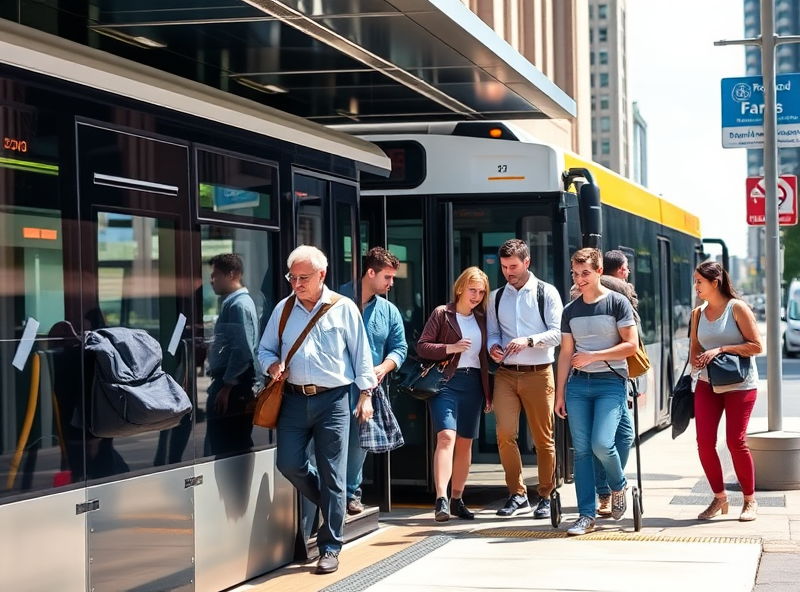
Public transportation subsidies in the U.S. are designed to make commuting more affordable and accessible, especially for workers, students, seniors, and low-income individuals. These programs are often offered by federal, state, or local governments, as well as by employers who participate in commuter benefit plans.
Eligibility varies depending on the program. For example, the federal Qualified Transportation Fringe Benefit allows employees to use pre-tax dollars—up to $300 per month in 2024—for transit passes, vanpooling, and parking. This means if you’re employed and your employer offers this benefit, you could save hundreds of dollars annually by reducing your taxable income.
Additionally, many cities offer discounted transit fares for seniors (typically 65+), people with disabilities, students, and veterans. For instance, New York City’s MTA offers a 50% fare discount for eligible riders, while Los Angeles Metro provides a LIFE (Low-Income Fare is Easy) program that offers up to 20 free rides per month.
To check your eligibility, start by contacting your local transit authority or HR department at work. You can also explore national resources like the IRS page on transportation fringe benefits: https://www.irs.gov/publications/p15b
Taking advantage of these subsidies not only helps you save money but also encourages eco-friendly commuting habits and reduces traffic congestion.
Regional Plans and Special City Offers
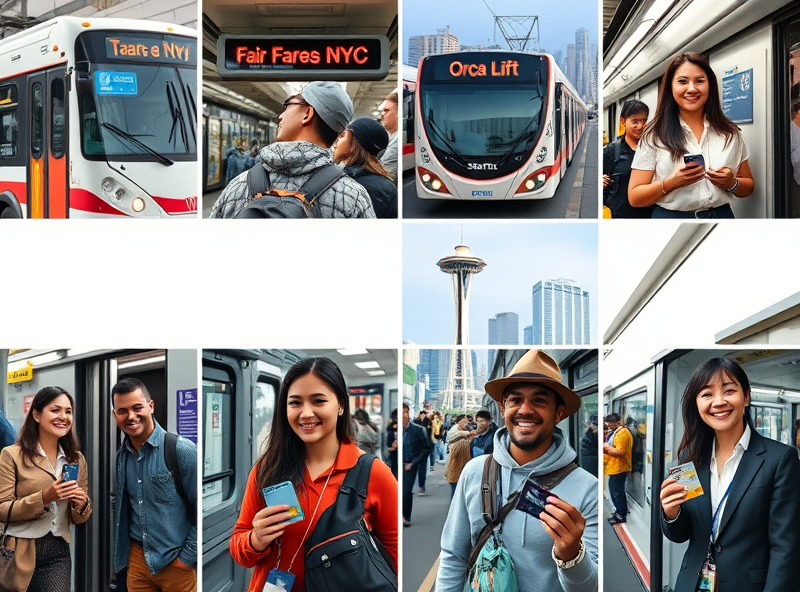
Across the United States, many cities and regions are stepping up to make public transportation more affordable through targeted subsidy programs. These initiatives are designed to reduce commuting costs, encourage eco-friendly travel, and improve access to jobs and services.
For example, in New York City, the Fair Fares program offers half-priced MetroCards to eligible low-income residents, significantly cutting daily travel expenses. Similarly, Los Angeles has the LIFE (Low-Income Fare is Easy) program, which provides free or discounted Metro passes for qualifying riders. These programs are not only budget-friendly but also promote equity in urban mobility.
On a regional level, the Bay Area’s Clipper START program offers discounts of up to 50% on BART, Muni, Caltrain, and other transit systems for low-income adults. In Seattle, the ORCA LIFT card provides reduced fares on buses, light rail, and ferries for income-qualified individuals.
Some cities even offer free transit entirely. Kansas City, Missouri, became the first major U.S. city to implement fare-free public transportation, eliminating bus fares to improve accessibility and increase ridership.
These local and regional efforts can save commuters hundreds of dollars annually while supporting sustainable transportation goals. If you’re interested in finding out whether your city offers similar programs, check your local transit authority’s website or visit the U.S. Department of Transportation’s transit page: https://www.transit.dot.gov/
By taking advantage of these programs, you can significantly reduce your commuting costs while contributing to a greener, more connected community.
How to Apply and Get the Most Out of Transit Support
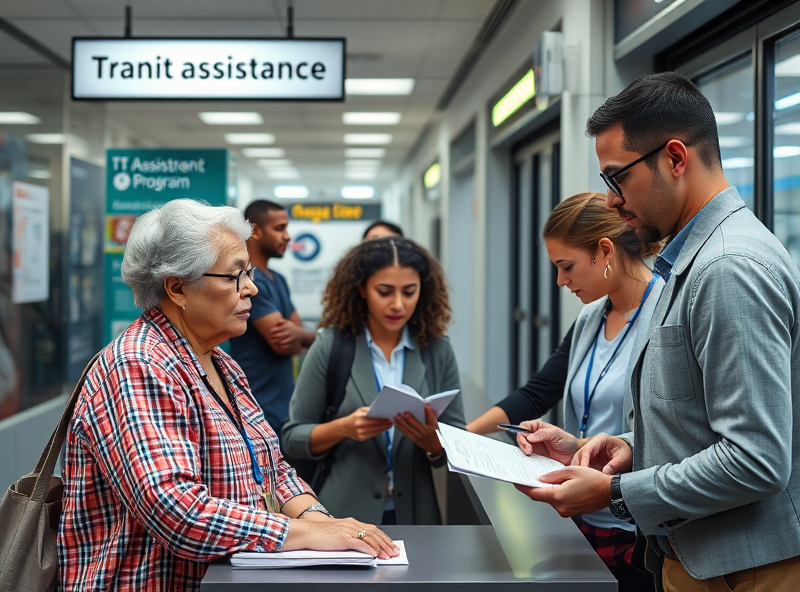
Public transportation subsidies in the U.S. are designed to make commuting more affordable and accessible, especially for low-income individuals, students, seniors, and people with disabilities. If you’re looking to save money on your daily commute, understanding how to apply for these programs and maximize their benefits can make a real difference in your monthly budget.
First, check with your local transit authority. Most major cities and counties offer reduced fare programs or transit vouchers. For example, the Metropolitan Transportation Authority (MTA) in New York offers the Fair Fares program, which provides eligible residents with a 50% discount on subway and bus fares. Similarly, Los Angeles Metro has the LIFE Program (Low-Income Fare is Easy), which offers free or discounted transit passes for qualifying riders.
To apply, you typically need to:
1. Visit your local transit agency’s website or office.
2. Provide proof of income, residency, or enrollment in a qualifying program (like SNAP or Medicaid).
3. Complete an application form online or in person.
Once approved, you may receive a special transit card or digital pass that automatically applies your discount when you ride.
To get the most out of your transit support:
– Combine subsidies with employer-sponsored commuter benefits, which allow you to use pre-tax dollars for transit expenses.
– Plan your routes using apps like Google Maps or Transit App to find the most efficient and cost-effective options.
– Take advantage of monthly or weekly passes if you commute frequently, as they often offer better value than single rides.
For more information, you can visit the U.S. Department of Transportation’s transit resources page: https://www.transit.dot.gov/funding/grants/grant-programs
By taking a few simple steps, you can significantly reduce your commuting costs and make public transportation a more sustainable and budget-friendly choice.


